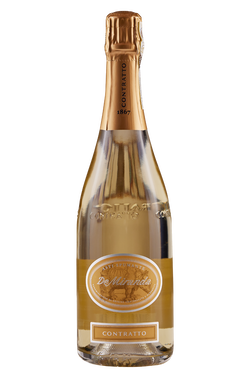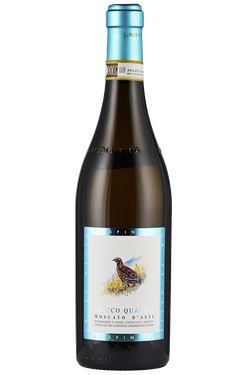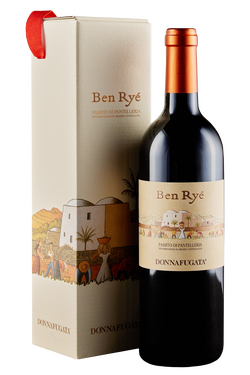- Wines >
- White wines >
- Dessert wines
White dessert wines
When we are giving a special dinner, we want everything to be perfect; pairing the wines, both with the savoury dishes and the dessert is one of the best ways to ensure we achieve our goal. The arrival of dessert is the conclusion to the meal, and should be the most important moment of the evening. It’s not easy to choose the right wine, but seeking advice from Signorvino’s team of experts will help you find the best Italian dessert wines to ensure you make the perfect pairing. When we talk about dessert wines we are referring to an independent category of wines. The world of wines offers various styles of dessert wines, each with its own personality, but all endowed with a distinctive magic touch. Their styles vary widely, and their flavours can become extremely subtle with ageing.
What’s the difference between a classic white wine and a white dessert wine?
Dessert wines normally contain high levels of sugar and alcohol, even though some have a low ABV. One of the differences between classic white wine and sweet white dessert wine is that classic white wine is generally dry and obtained from natural fermentation, while sweet wine is produced using ripe grapes (partially dried) with a higher concentration of sugars, which are vinified in such a way that not all of the sugar is converted into alcohol. The aroma of the wine also helps when choosing between a dry or dessert wine. Aromas of fruit, vanilla and fruit preserve are characteristic of sweet dessert wines, while herbs, spices or oak are more characteristic of a classic white wine. The palate is however always the best indicator; smell the wine, then taste it, waiting for the flavours of the wine to reach your mouth, and let them rest on the tongue. Dry wine usually has a stronger flavour but a cleaner finish, while the flavour of a sweet wine tends to linger for longer on the palate.
What are the best Italian dessert wines?
Italy offers a wide variety of sweet wines, not only reds and whites, but also still and sparkling wines . Its raisin wines are famous, and production is distributed across the whole of Italy, with each zone boasting its own unique characteristics. One of the most famous is Vin Santo, originating in Tuscany . This sweet wine with a golden amber hue is obtained from partially dried grapes and then barrel-aged for several years. Moving on to other major winegrowing regions, we find two other enticing dessert wines: Malvasia and Moscato d'Asti. These sweet wines display an attractive straw yellow hue and a flowery nose with notes of apricot and aromatic herbs.
Pairings: which white wines to choose based on the type of dessert
One of the factors to consider is acidity, both that of the wine and that of the dessert; combining them correctly is sure to give an excellent result. You will also need to keep in mind the flavours being paired: those of the wine and the dessert should fall within the same category. Aware that acidity overpowers sweetness, we shouldn’t choose an acidic wine like a Sauvignon to accompany a dessert. A sweet dessert wine such as Moscato D’Asti goes perfectly with a sweet brunch or fruit tarts, while the sweetness of a semi-sparkling Asti makes it particularly well-suited to serving as an aperitif. Lastly, white dessert wines, whether raisin wines or liqueur wines, pair well with a great variety of desserts: from crème caramel and panettone to desserts based on pistachios or hazelnuts.











